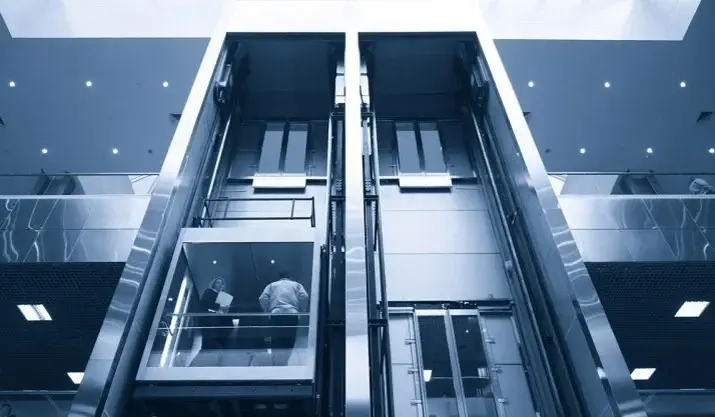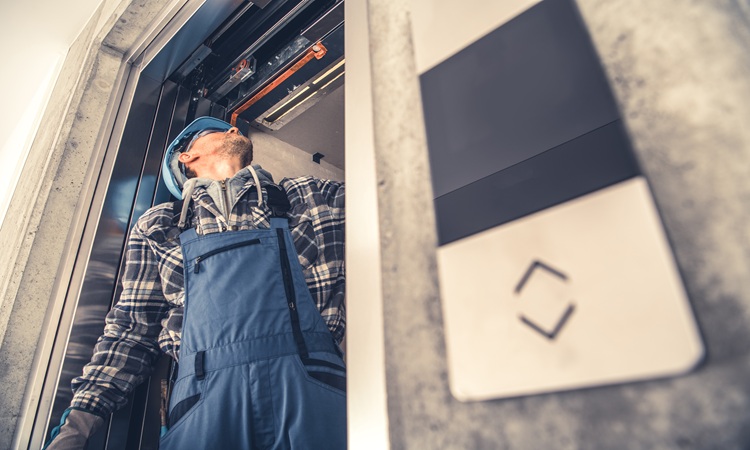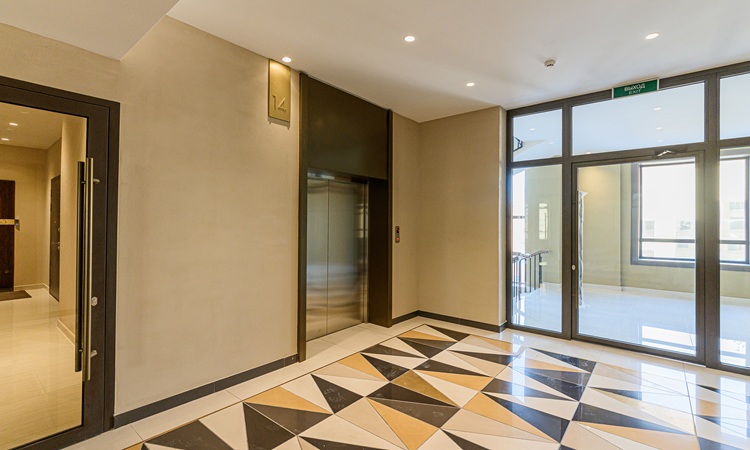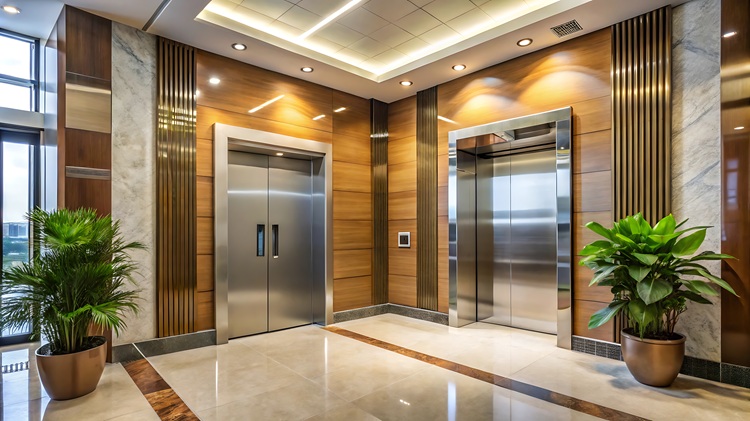Elevating Business Spaces: The Role of Commercial Elevators in Modern Efficiency
Post Date : Aug 11, 2023
In the bustling world of business spaces, where time is of the essence and convenience is paramount, elevators play an indispensable role in revolutionizing vertical mobility. These vertical transportation marvels are not only technological wonders but also essential components that optimize space utilization, enhance accessibility, and contribute to the overall efficiency of modern commercial complexes. Polo Elevators, one of the best lift company in Delhi, has a plethora of business spaces elevators.
Different Kinds of Commercial Elevators For Business Spaces
- Traction Elevators: Traction elevators are the most common type used in modern business spaces. They are driven by steel ropes or belts attached to a counterweight, and an electric motor powers them. Traction elevators offer a smooth ride, and high efficiency, and are suitable for mid- to high-rise buildings. They can be customized for speed, capacity, and design. They are commonly found in office buildings, hotels, and shopping centres.
- Hydraulic Elevators: Hydraulic elevators use a piston mechanism to lift the elevator car. They are suitable for low- to mid-rise buildings and are known for their quiet operation and slower speeds compared to traction elevators. Hydraulic elevators are often chosen for their cost-effectiveness and ease of installation, making them suitable for smaller business spaces.
- Machine Room-Less (MRL) Elevators: MRL elevators are a type of traction elevator designed to eliminate the need for a traditional machine room, making them space-efficient. The machinery is often integrated into the elevator shaft or located in a smaller space nearby. MRL elevators are ideal for buildings where space is a constraint, and they offer energy efficiency and modern technology.
- Goods/Freight commercial Elevators: For business spaces that require the transportation of heavy goods or materials, such as warehouses, factories, and hotels, goods or freight elevators are essential. These commercial elevators are designed to handle heavier loads and have sturdy construction to withstand the demands of transporting items.
- Passenger/Cargo Combination Commercial Elevators: Some business spaces require both passenger and cargo transportation. Combination commercial elevators are designed to serve both purposes. They often have a larger capacity to accommodate both people and goods, making them suitable for hotels, hospitals, and mixed-use buildings.
- Smart Commercial Elevators: With advancements in technology, smart elevators are gaining popularity in business spaces. These commercial elevators use advanced destination control systems, predictive maintenance, and smart features to optimize efficiency, reduce waiting times, and enhance user experience. They are ideal for high-traffic areas where optimizing vertical transportation is crucial.
Best Commercial Elevators For Business Spaces
The choice of commercial elevator type for business spaces depends on various factors, including building height, expected traffic flow, available space, and design preferences. The choice of commercial elevator highly depends on the organisation's needs. When choosing an elevator for business spaces it is important to consult with elevator manufacturers and experts to determine the most suitable type that meets the specific needs and requirements of the business spaces.
Size Of Commercial Elevators
The size of commercial elevators can vary significantly based on factors such as the building's purpose, anticipated traffic flow, building codes, and design considerations. Commercial elevators come in various dimensions to accommodate different needs. Here are some general guidelines for the sizes of commercial elevators:
- 1. Passenger Commercial Elevators
- > Standard passenger commercial elevators typically have dimensions ranging from about 3 feet 8 inches (112 cm) in width to 5 feet (152 cm) in depth. The height can vary based on the building's number of floors.
- > Elevator cabins can accommodate different numbers of passengers, usually ranging from 8 to 25 people, depending on the size and intended use of the building.
- 2. Freight/Goods Commercial Elevators
- > Freight elevators are designed to transport goods and materials, and they come in various sizes based on the intended cargo. The dimensions of these elevators can vary greatly, with larger cabins to accommodate bulky items.
- > Freight commercial elevator dimensions often start from around 4 feet (122 cm) in width and 6 feet (183 cm) in-depth, and they can be much larger for heavy-duty applications.
- 3. Double-Deck Commercial Elevators
- > Double-deck elevators, which feature two stacked cabins, are designed to increase capacity without increasing the elevator's footprint. Their dimensions can vary based on the manufacturer and building requirements.
- > Each cabin in a double-deck elevator might have dimensions similar to those of standard passenger elevators.
- 4. Panoramic Commercial Elevators
- > Panoramic commercial elevators, which have glass walls for scenic views, can have similar dimensions to standard passenger elevators. The glass panels might affect the overall size and design.
Smallest Elevator For A Commercial Building
The smallest elevator for business spaces is typically designed to meet the basic requirements of accessibility and vertical transportation. The size of the smallest commercial elevators can vary based on the regulations, manufacturer specifications, and the intended use of the building. When considering the installation of a small commercial elevators, it's crucial to work with elevator manufacturers, architects, and relevant regulatory authorities to ensure that the elevator meets all necessary standards while efficiently addressing the vertical transportation needs of the building.
Conclusion
In conclusion, Commercial elevators are indispensable components of modern business spaces. Their evolution from simple lifting mechanisms to intricate, technologically advanced systems has revolutionized the way we navigate vertical distances. Their benefits encompass enhanced accessibility, optimized space utilization, and improved building design. The thoughtful integration of elevators, considering factors like traffic flow and sustainability, promises a future where these machines continue to shape the urban landscape in innovative and efficient ways. Consulting with elevator manufacturers, contractors, and experts can help determine the most suitable type of elevator for your specific commercial space. Polo Elevator, one of the best elevator company in Delhi, can help you choose an ideal commercial elevators for your business spaces and customize them according to your needs.






